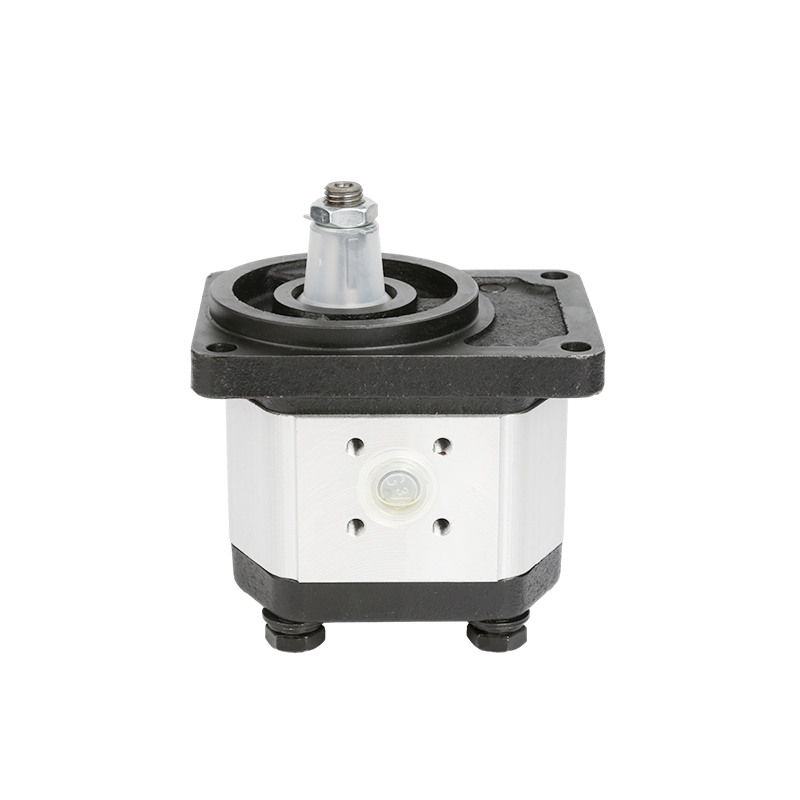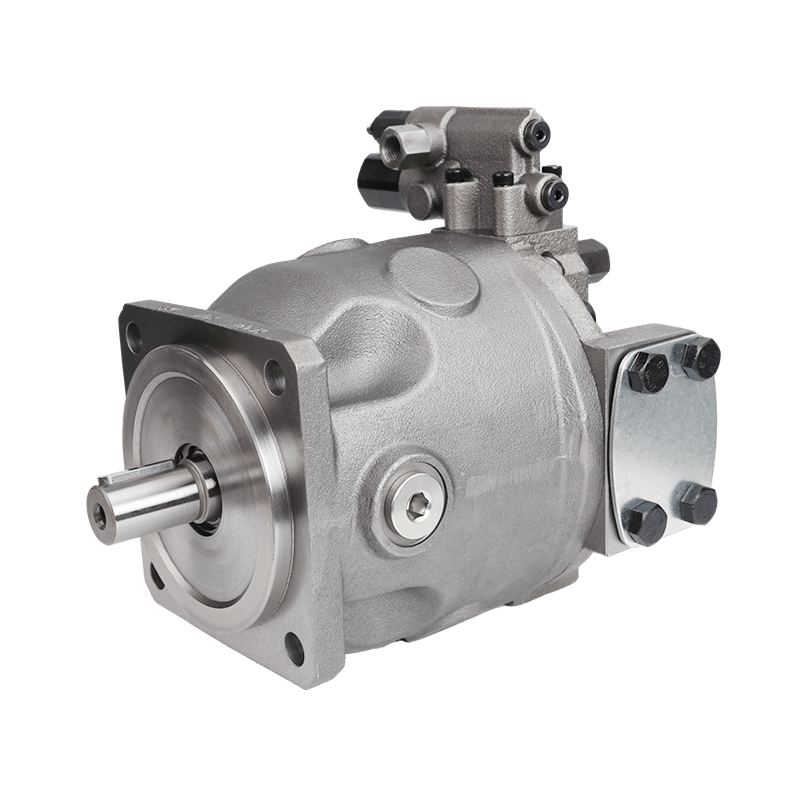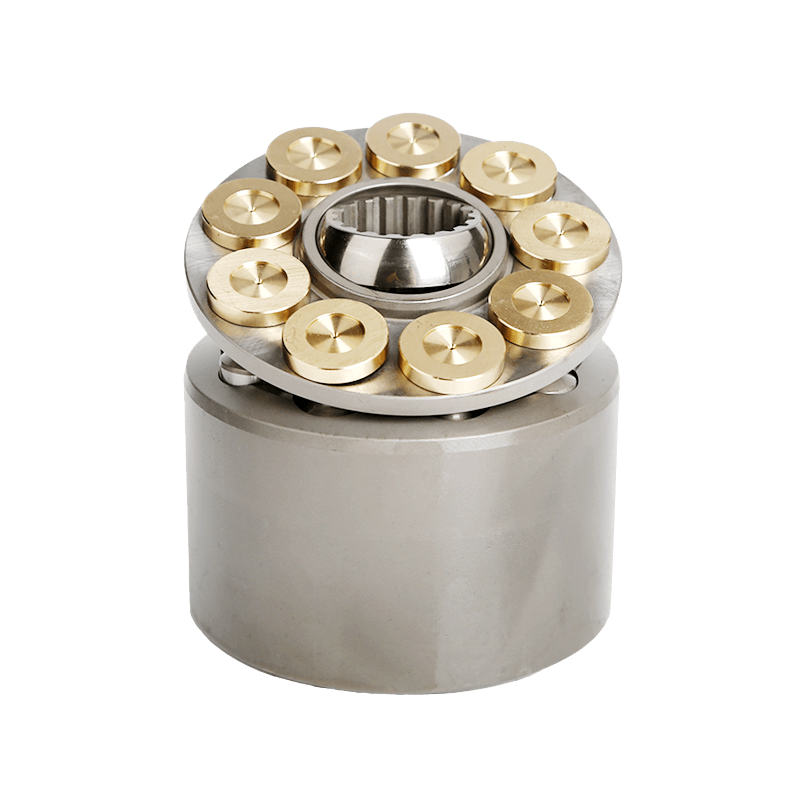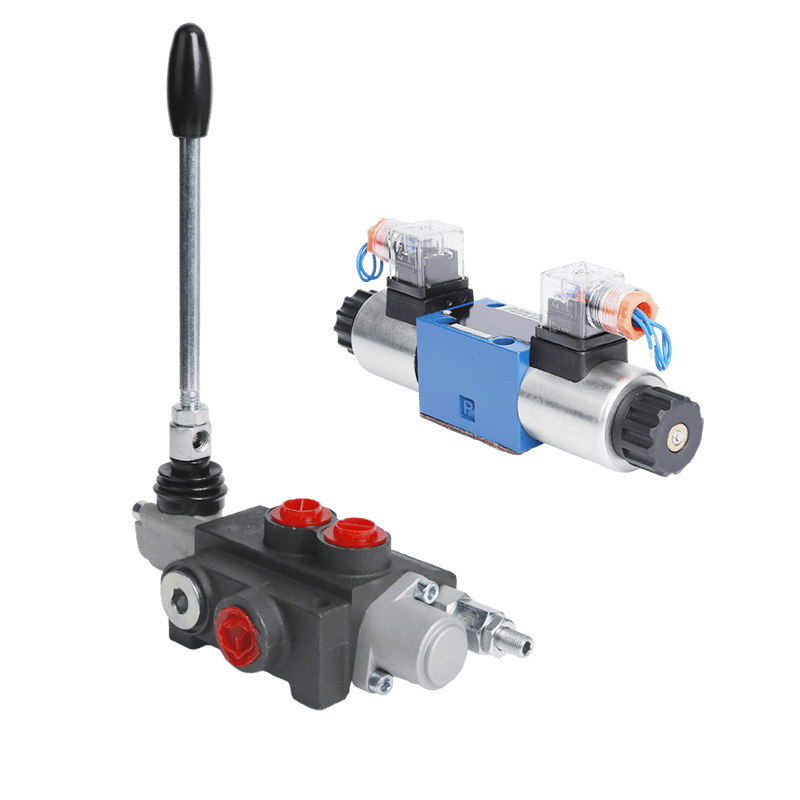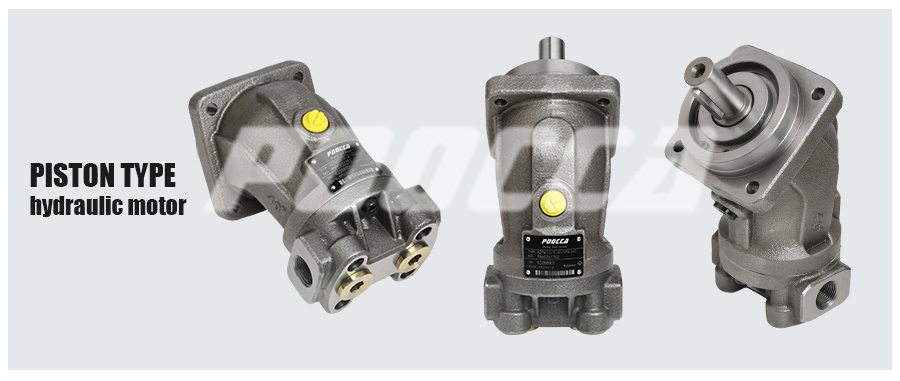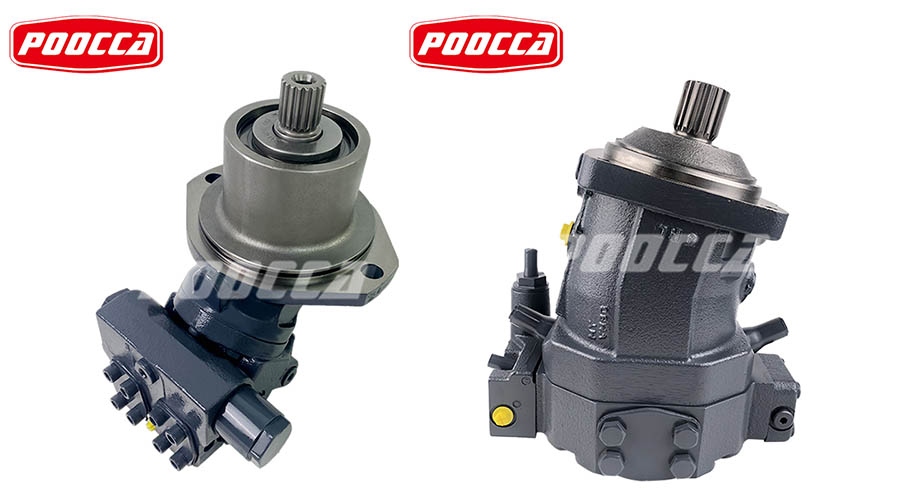Grasping the operation and structure of axial piston motors is essential for enhancing their efficiency via material selection strategies. Axial piston motors, a distinct category of hydraulic motors, are widely employed in numerous industrial settings because of their effectiveness and dependability. The materials utilized in their construction play a crucial role in their performance, thus making material selection an indispensable component of their design and operation.
Introduction to Axial Piston Motors
Overview
Axial piston motors are widely used in hydraulic systems to convert hydraulic energy into mechanical energy. They are known for their high power density and efficiency, which make them suitable for demanding applications such as construction machinery, aviation, and industrial equipment. The basic structure includes a cylinder block containing multiple pistons arranged axially, which is integral to the motor’s performance. Proper material selection can enhance the lifespan and efficiency of these motors, impacting overall system performance.
Key Features
One of the notable features of axial piston motors is their ability to provide variable speed and torque output, making them versatile for different operational needs. They also offer high volumetric efficiency due to the precise arrangement of pistons within the motor. The use of advanced materials can further enhance these features by reducing wear and tear, improving thermal stability, and ensuring better corrosion resistance. The high-pressure capabilities and efficient conversion of energy are other critical features supported by optimal material choice.
POOCCA Hydraulic (Shenzhen) Co., Ltd. was established in 1997 and has four companies in Hong Kong, Guangdong, Jiangsu and Zhejiang. We are a comprehensive hydraulic service company specializing in the research and development, manufacturing, maintenance and sales of hydraulic pumps, motors, valves and related parts. With extensive experience in providing power transmission and drive solutions to hydraulic system users around the world, we have a strong reputation in the industry.
Functionality of Axial Piston Motors
Basic Principles
The basic principle of operation for axial piston motors involves converting hydraulic energy into rotational mechanical energy. Pressurized fluid enters the motor, causing the pistons to move linearly within the cylinder block. This linear motion is then converted to rotational motion through the design of the motor, impacting the overall efficiency and performance. The selection of materials that can withstand high pressures and reduce friction is essential for optimal functioning.
Axis-Parallel Arrangement of Pistons
In axial piston motors, the pistons are positioned parallel to the rotational axis. This configuration ensures efficient energy transfer and a compact design, essential for applications where space is limited. The materials chosen for the pistons and cylinder block must demonstrate high wear resistance and durability to sustain efficiency and minimize maintenance needs. Advanced alloy steels and ceramics are typically used materials that fulfill these criteria.
Types of Axial Piston Motors
Swash Plate Design
The swash plate design is a common type of axial piston motor where the pistons are driven by a swash plate, which is tilted relative to the cylinder block. When the hydraulic fluid enters the motor, it pushes the pistons against the swash plate, causing the plate to rotate and, in turn, drive the output shaft. This design ensures smooth operation and a consistent power output. Material selection for the swash plate and pistons, such as hard-coated steels, plays a critical role in reducing friction and increasing the motor’s lifespan.
Bent Axis Design
In the bent axis design, the cylinder block and output shaft are inclined relative to each other, creating an angle. This design is known for its high efficiency and ability to handle higher pressure conditions. The inclined arrangement of the pistons allows for a more direct transfer of force, reducing mechanical losses. Materials such as high-strength alloys and composites are used to enhance durability and reduce weight, which is crucial for maintaining the efficiency and reliability of the motor.
Swash Plate Design
Operation
Pressurized Fluid Inlet
The operation of the swash plate design begins when the pressurized fluid is introduced into the motor. This high-pressure fluid pushes the pistons against the swash plate, initiating the rotational motion. The materials in contact with the hydraulic fluid must be corrosion-resistant and able to maintain their integrity under high-pressure conditions, ensuring reliable and efficient operation.
Piston Movement
As the pistons move linearly within the cylinder block, they push against the swash plate, causing it to rotate. This movement is critical to the conversion of hydraulic energy into mechanical energy. The ongoing cycle of piston movement and fluid pressure necessitates the use of materials that can withstand repeated stress and maintain performance over time. High-performance alloys and advanced composites are ideal for these components.
Output and Efficiency
The output and efficiency of the swash plate design in axial piston motors are influenced by the precision of the piston movement and the material properties of the components. By selecting materials with optimal mechanical and thermal properties, the motor can achieve high efficiency and consistent performance. Reducing friction losses and enhancing wear resistance are key factors in maintaining the motor’s efficiency and extending its operational life. Advanced materials and coatings are essential in achieving these objectives.
In summary, enhancing the performance of axial piston motors by selecting appropriate materials is essential for their efficiency and dependability. It is vital to thoughtfully evaluate the material properties of each part, from pistons to swash plates, to guarantee that the motor functions optimally across diverse conditions.
Fields of Application
Hydrostatic Travel Drives
Hydrostatic travel drives rely heavily on the efficiency and performance of piston motors. These drives are a cornerstone in the operation of various machines such as compact loaders and excavators where precision and control are paramount. Piston motors used here must offer high torque at low speeds, and material selection plays a crucial role in ensuring they meet these demands. Advanced composites and high-strength alloys are preferred to withstand continuous operation and varying load conditions, contributing to the durability and reliability of the equipment.
Hydraulic Systems
In expansive hydraulic systems, piston motors play a crucial role by converting hydraulic energy into mechanical work. Their ability to adapt to varying pressures and flow rates makes them ideal for a wide range of applications, including manufacturing processes and automated industrial systems. Selecting the right materials for these motors involves choosing those that are resistant to corrosion, can handle high pressures, and minimize leakage. This selection process is essential for ensuring the durability and consistent performance of the piston motors, thereby maintaining the efficiency of the entire hydraulic system.
Industrial Applications
Conveyors
Piston motors used in conveyor systems are integral to the smooth and efficient transport of materials. These motors must endure continuous operation and varying load conditions, making material selection vital. High-strength steels and anti-wear coatings are commonly employed to ensure durability and low maintenance requirements. The chosen materials must also aid in reducing noise and vibration, enhancing the overall performance and longevity of the conveyor system.
Production Machinery
In production machinery, the use of piston motors is widespread due to their ability to deliver precise and controlled motion. The efficiency of these motors directly impacts the productivity of the machinery. Therefore, materials with high thermal stability and wear resistance are selected to ensure they can handle the rigorous demands of continuous operation. Advanced alloys and engineered ceramics often meet these requirements, providing the needed durability and performance.
Mobile Applications
Construction Equipment
Construction equipment such as bulldozers, cranes, and excavators often rely on piston motors for their hydraulic systems. These motors must provide high power output and withstand harsh operating conditions. The materials used in manufacturing piston motors for construction equipment need to be exceptionally robust and wear-resistant. Titanium alloys and hardened steels are frequently used to ensure the piston motors can handle extreme pressures and temperatures, maintaining their performance over extended periods.
Agricultural Equipment
Piston motors hold significant importance in agricultural equipment, particularly in drive systems and various hydraulic functions. These motors need to be both reliable and efficient to sustain productivity levels in the field. The selection of materials emphasizes corrosion resistance and the capability to withstand dirt, moisture, and fluctuating load conditions. To ensure the piston motors remain functional, reducing downtime and maintenance expenses, advanced polymers and treated steels are frequently employed.
Truck Cranes
Piston motors are integral to the operation of truck cranes, which require precise control and high power output. The materials used in these motors must withstand high torques and heavy loads while maintaining efficiency. Alloy steels and reinforced composites are chosen for their high tensile strength and durability. These materials ensure that the piston motors can handle the dynamic loads and stresses involved in lifting operations.
Aerial Lifts
Aerial lifts benefit significantly from the use of piston motors due to their compact design and efficient operation. These lifts need motors that can provide consistent power and control at various heights and angles. Materials with high fatigue resistance and robustness are essential for these applications. High-strength alloys and advanced composites are preferred to ensure the piston motors can operate safely and reliably, even under extended use.
Open and Closed Hydraulic Circuits
Piston motors are versatile enough to be used in both open and closed hydraulic circuits, depending on the application requirements. In open hydraulic circuits, the materials chosen must be able to handle varying pressures and prevent leakage. In closed circuits, materials that offer high volumetric efficiency and low friction are crucial to maintain consistent performance. Advanced ceramics and specialized steel alloys are often used to meet these demands, ensuring the piston motors operate efficiently in different system configurations.
High-Speed Applications
For applications requiring high speeds, piston motors must achieve rapid rotational velocities without sacrificing performance. The materials chosen for these motors must offer superior thermal conductivity and wear resistance at elevated speeds. Typically, high-performance alloys and advanced polymers are selected to ensure that the motors can function at the necessary speeds while maintaining their durability and efficiency over time. These materials assist in reducing weight and enhancing the overall performance of the piston motor.
High-Pressure Applications
In high-pressure applications, piston motors need to withstand extreme pressures without failing or losing efficiency. The material selection focuses on high tensile strength and the ability to operate under significant stress. Advanced alloy steels and ceramics are ideal for these applications due to their robustness and resistance to deformation under high pressures. These materials ensure that the piston motors can handle intense operational conditions, maintaining their reliability and extending their service life.
In conclusion, optimizing the performance of piston motors through strategic material selection enhances their efficiency and longevity. By understanding the mechanics, operation, and benefits of various designs, you can effectively apply advanced materials, ensuring these motors perform reliably in diverse industrial environments.
At POOCCA, our strength is our dedicated team of over 300 professionals. Within this highly skilled workforce, we have a dynamic team of 70 sales professionals who possess vast experience and in-depth knowledge of our industry. Their expertise is crucial in providing tailor-made solutions and exceptional services to our valued clients.

